March 17, 2020
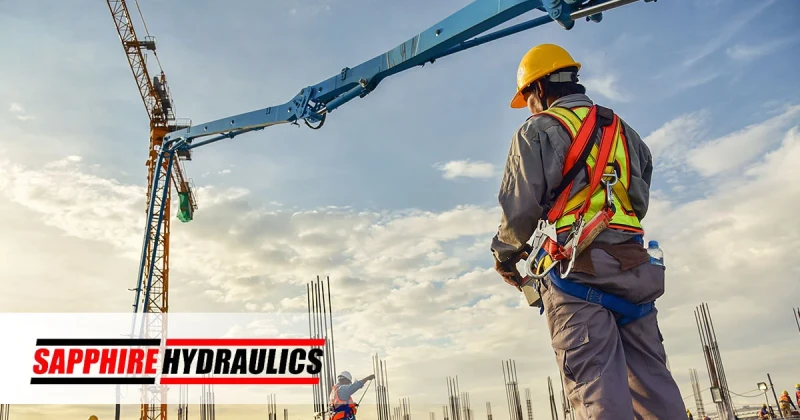
16 Types of Hydraulic Machines Used in Construction
Of all the industries that have made use of hydraulic power, it might be said that no industry has benefited more than construction. Modern machinery equipped with hydraulic systems makes construction work safer, faster, and more efficient.
From powerful excavators to more compact equipment that can be used in crowded urban areas, the use of hydraulics has made possible great innovations in engineering and architecture that were undreamed of years ago.
Now, let’s take a look at sixteen examples of the
heavier types of hydraulic machinery used in today’s construction industry.
1. Excavators
An excavator comes with a long arm with an attached digging bucket and an operator cabin that can be rotatable up to 360 degrees. An excavator can be a wheeled or tracked vehicle.
Construction would be almost impossible without excavators. They are used for a variety of purposes, including excavating, demolition, heavy lifting, and river dredging.
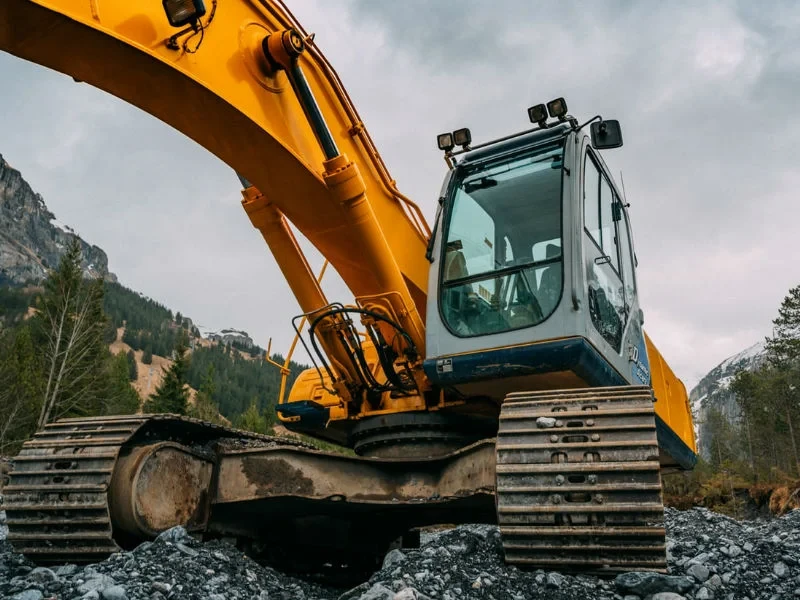
2. Dragline Excavators
A dragline excavator is equipped with a long boom. A digging bucket is suspended from the top of the boom by a cable. This
type of heavy equipment is used for underwater excavations, such as sediment removal and larger-depth excavations necessary for port development.
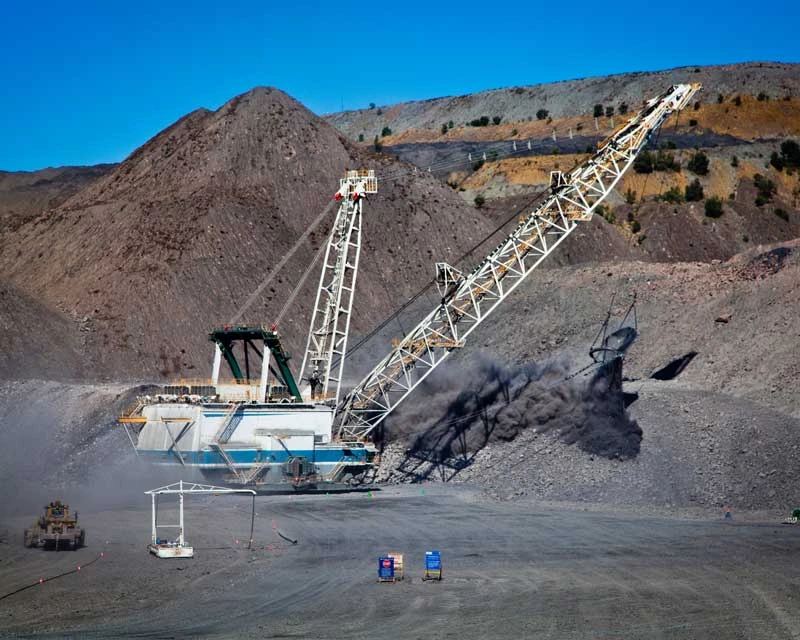
3. Backhoes
A backhoe has a hoe arrangement on the backside of the machine. A loading bucket is attached to the front. Backhoes are widely-used machines that are employed for multiple purposes, such as excavating trenches and lifting or unloading materials.
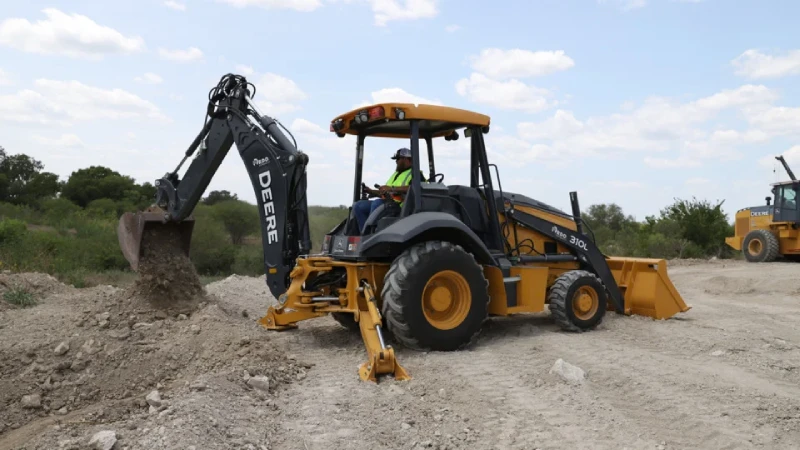
4. Bulldozers
A bulldozer is equipped at its front end with a wide metal plate with a sharp edge. The plate is raised and lowered using
hydraulic pistons. This is another type of excavating machine that is used to remove soil up to a particular depth or weak rock strata.
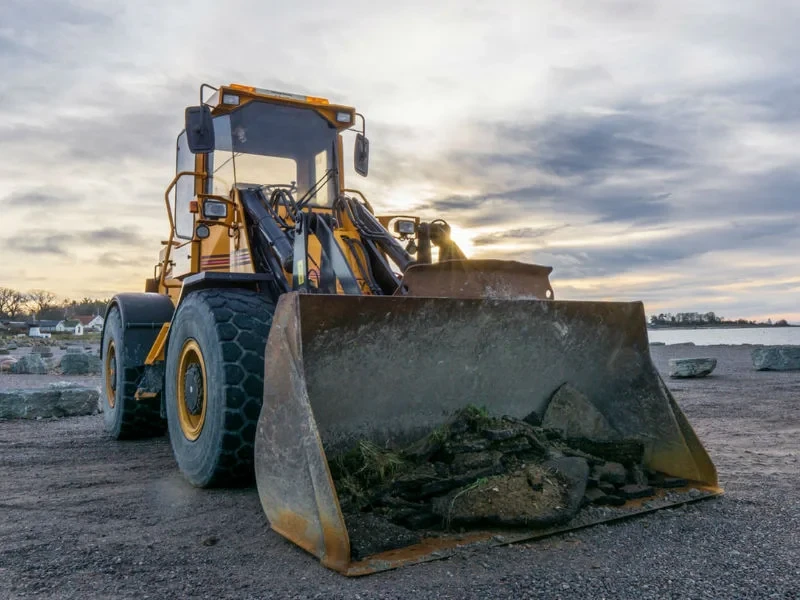
5. Trenchers
Trenching machines come in two types, chain trenchers and wheeled trenchers. Chain trenchers are equipped with a fixed long arm around which is a digging chain. Wheeled trenchers have a metal wheel with digging teeth.
Both kinds of trenchers are available in the form of tracked or wheeled vehicles. Trenchers are used to excavate trenches for pipeline or cable laying or drainage purposes.
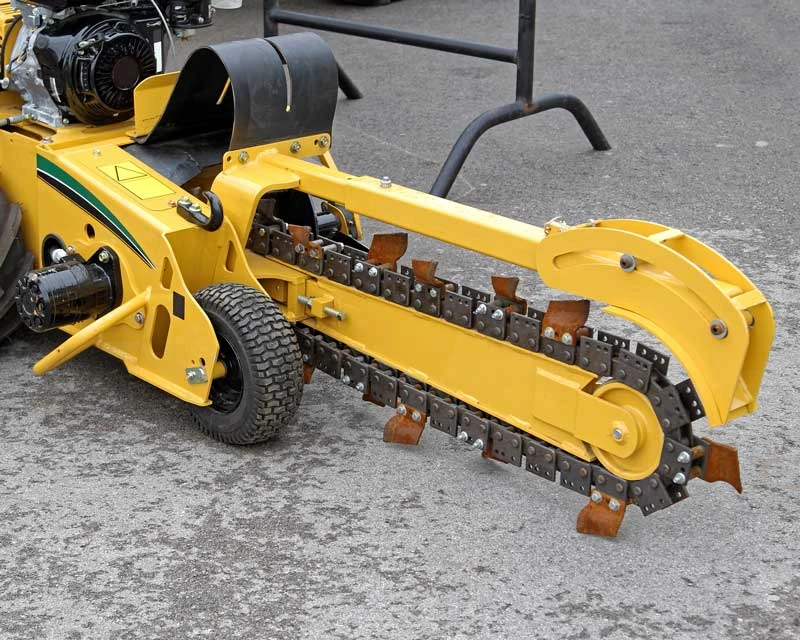
6. Loaders
A loader has a large bucket at its front end attached to a shorter hinged arm. Loaders are used on development sites to load material such as soil, demolition waste, and raw materials onto trucks, dumpers, and other places they may need to be deposited. Loaders may be wheeled or tracked.
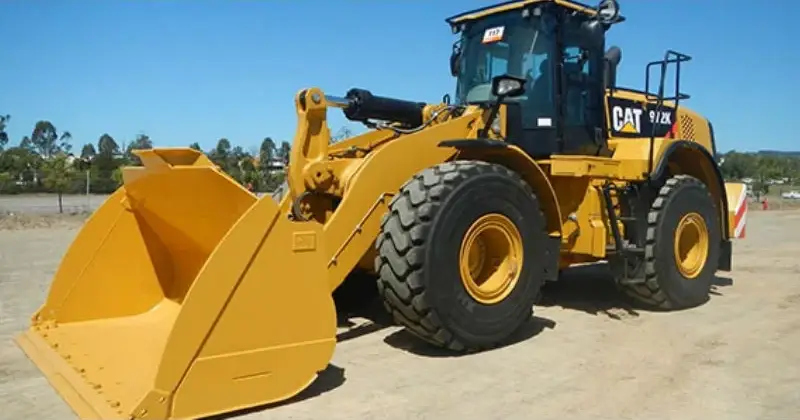
7. Dump Trucks
An off-road dump truck is equipped with large wheels suitable for any ground condition and enough space for large quantities of material. Dump trucks are used on construction sites to carry material from one place to another or to the dumpsite.
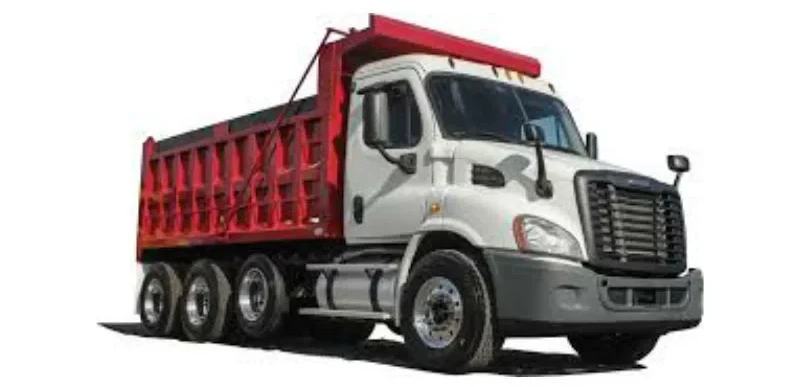
8. Wheel Tractor Scrapers
The front part of this machine is a wheeled tractor vehicle. The rear section has a scraping arrangement consisting of a front blade positioned horizontally, a soil collecting hopper, and a conveyor belt. Excavated soil is collected in the hopper via the conveyor belt. Wheel tractor scrapers are used to provide a flattened soil surface.
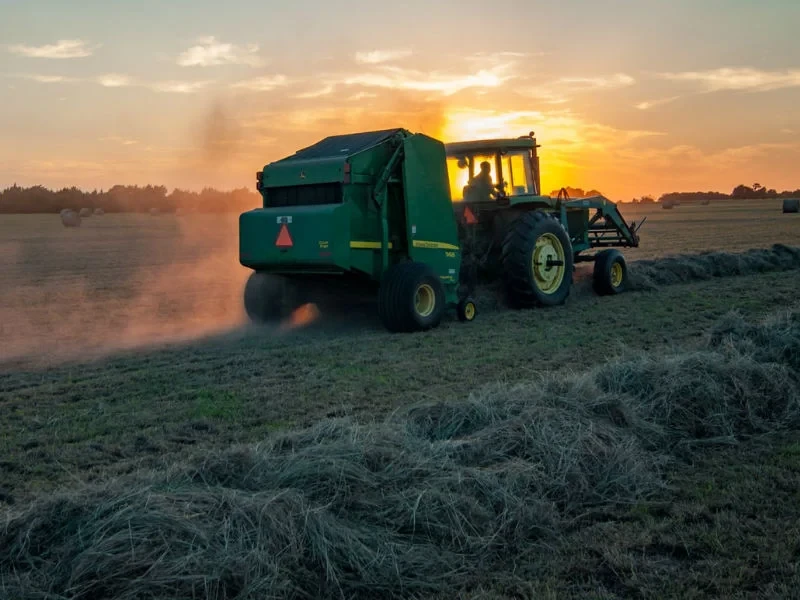
9. Graders
A grader has a horizontal blade situated between its front and rear wheels, which is lowered into the ground while working. An operator cabin sits on top of the rear axle arrangement. Graders are used in the creation of roads to level the soil surface before the laying of asphalt. They are also useful for removing snow or dirt from roads.
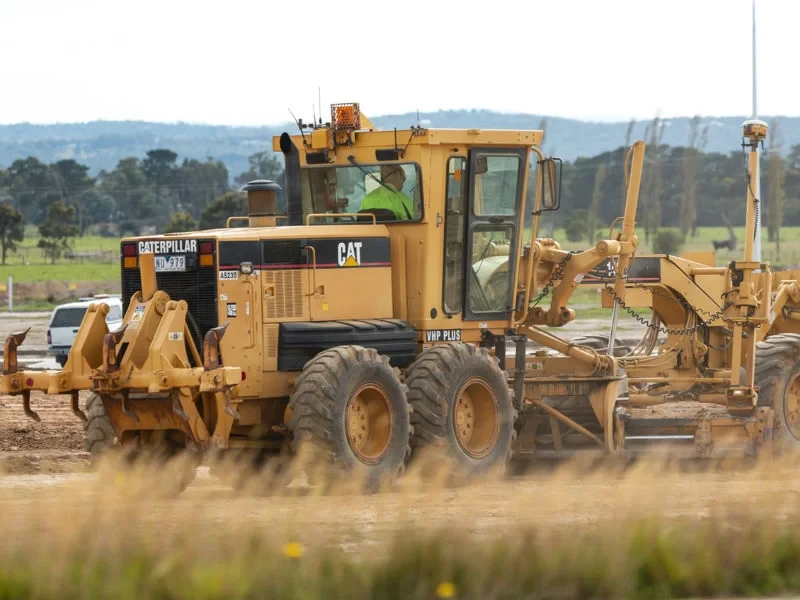
10. Pavers
A paver is equipped with a feeding bucket into which asphalt is continuously loaded by a dump truck. The paver then distributes the asphalt evenly with slight compaction. A paver is a surface laying machine used in road development.
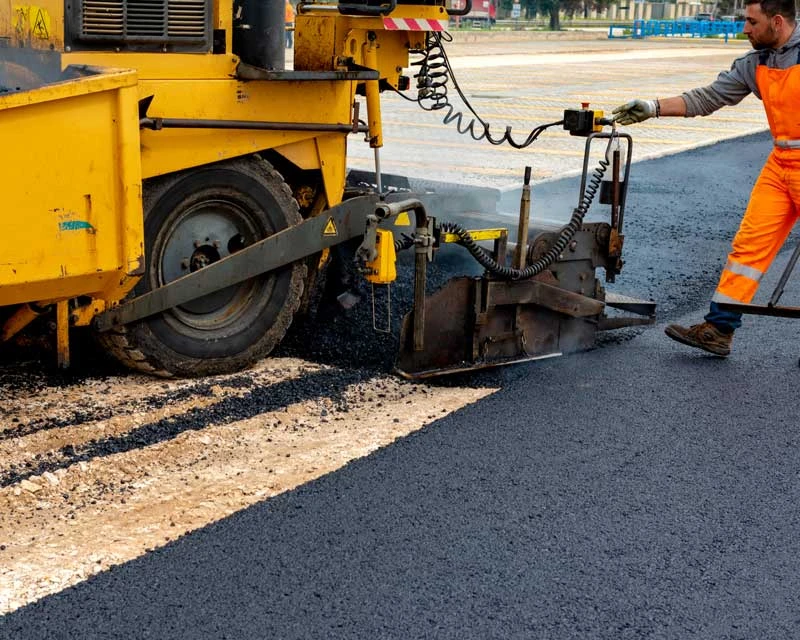
11. Compactors (Rollers)
Rollers with smooth wheels are used for compacting shallow layers of asphalt or soil. The job of pneumatic-tired rollers is to compact fine-grained soils or other layers. Sheep-foot compactors are designed for deeper compaction purposes.
12. Tower Cranes
A tower crane consists of a mast, which functions as the supporting tower, an arm, which is the operating jib, a counter jib carrying a counterweight on the rear side, and an operating cabin. A tower crane is a fixed crane that is used for hoisting heavy materials used in the development of tall structures.
16-Types-of-Hydraulic-Machines-Used-in-Construction-Tower-Crane
16-Types-of-Hydraulic-Machines-Used-in-Construction-Tower-Crane
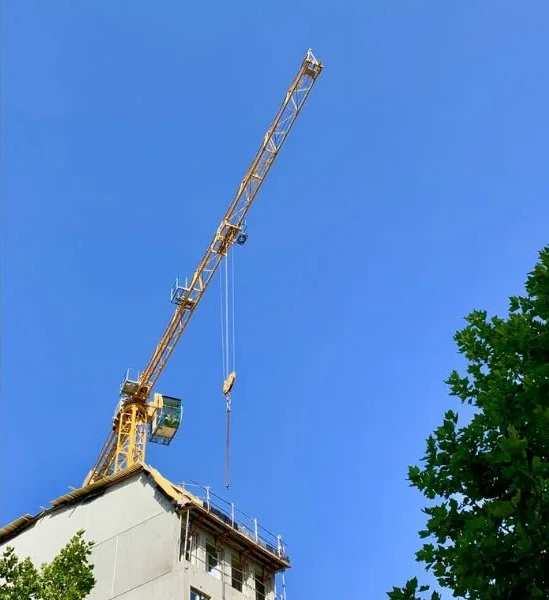
13. Telehandlers
A telehandler has a telescopic boom to which different types of equipment can be attached, such as buckets, forklifts, lifting jibs, or a cabin. Telehandlers are designed to lift heavy materials up to a required height or to provide platforms for workers at greater heights.
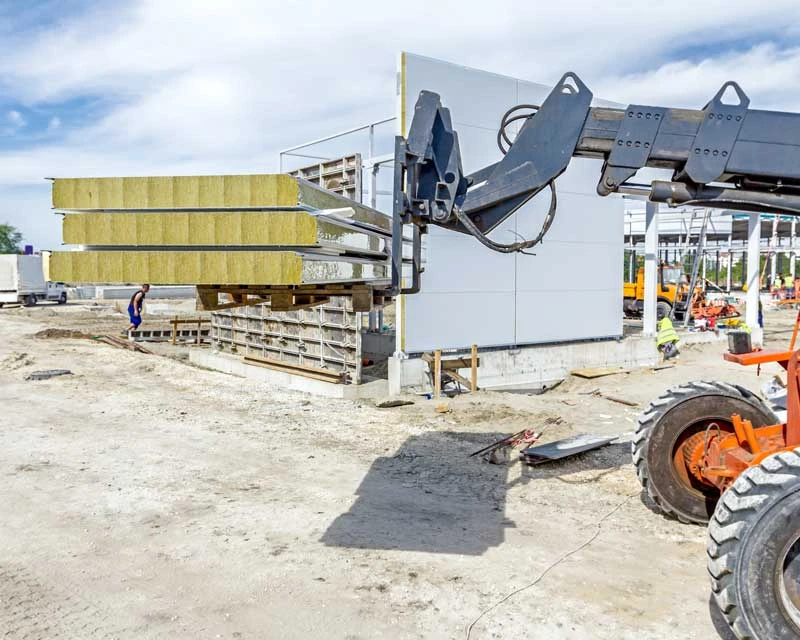
14. Feller Bunchers
A feller buncher is provided with a grabber attached to a movable arm. It is able to cut down trees by grabbing them then gather all the cut downs in one place for collection by a loader and a dump truck.

15. Pile Boring Equipment
Pile borers are used to make boreholes in a development site in order to facilitate the installation of precast piles.
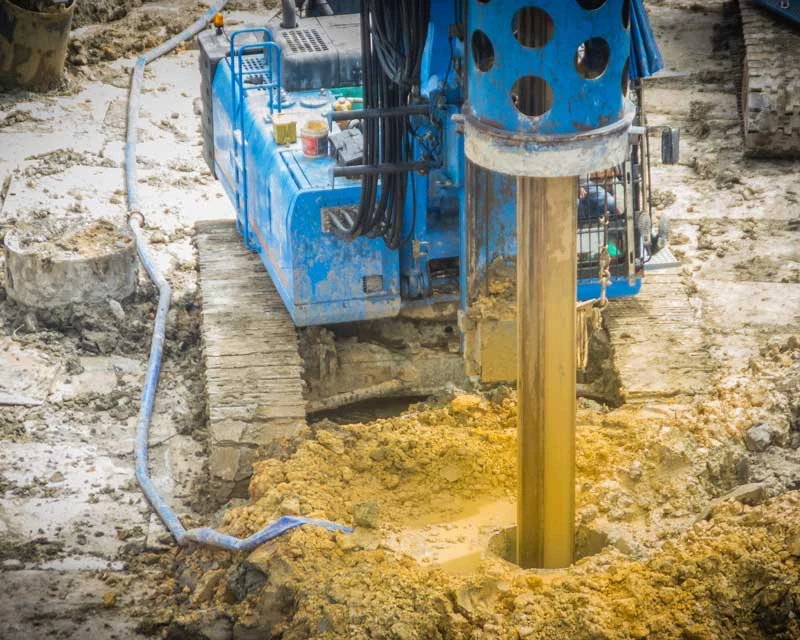
16. Pile Driving Equipment
During operation, this equipment lifts the pile and holds it in the proper position while driving the pile into the ground up to the required depth. Pile drivers come in different types - piling rigs, piling hammers, hammer guides. Pile drivers are used in pile foundation development.

What Is the Future for Hydraulics in the Construction Industry?
Several
developing trends will affect the future of construction machinery. More focus is being placed on
power density as opposed to power alone, especially with respect to
hydraulic motors where space is at a premium.
In addition, equipment designers are moving towards electronic control to replace the more traditional method of control-by-wire. The advent of Industrial Internet of Things will enable remote monitoring of system performance and use and support of predictive maintenance.
The introduction of hydraulics into the construction industry has allowed more work to be done in less time, significantly increasing productivity. The science of hydraulics has enabled equipment to achieve an incredible range of motion and be controlled with high levels of precision.
Hydraulic power is now an indispensable part of the
modern construction industry, and continuing technological advances will make it even more important in the future.
At Sapphire Hydraulics, we understand that it’s crucial that your hydraulic construction equipment experiences as little downtime as possible. This is why we offer both on-site maintenance and on-site repair services.
Get in touch with us today to learn how we can keep your vital equipment operating reliably and at peak performance.
 24 hour on-site hydraulic repair, replacement, hose & fitting services.
24 hour on-site hydraulic repair, replacement, hose & fitting services.















